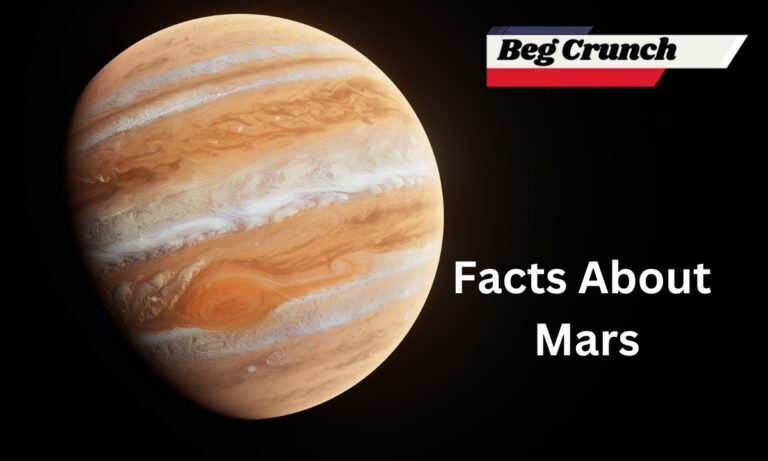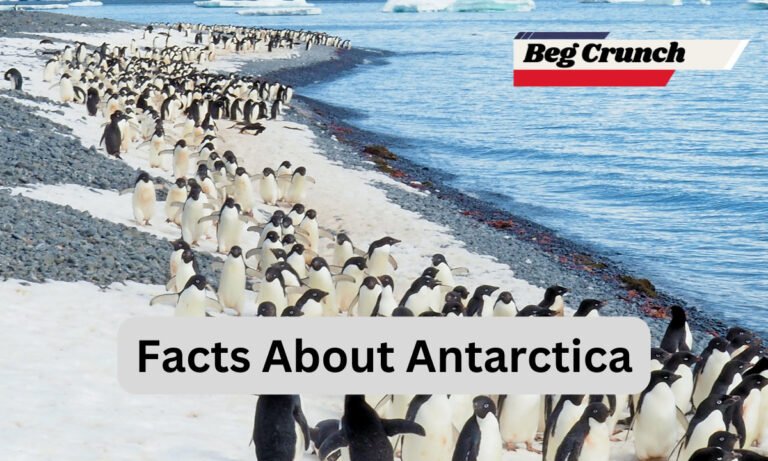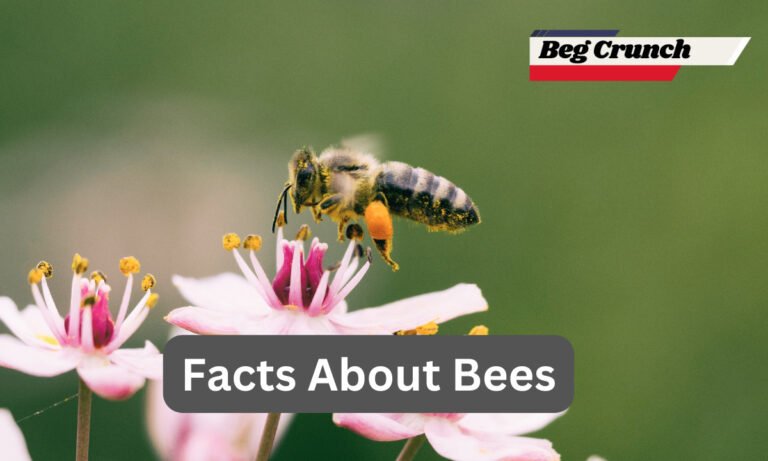Facts About Australia
Australia, often referred to as the “Land Down Under,” is a diverse and captivating country known for its unique wildlife, stunning landscapes, and rich cultural heritage. From the vast Outback to the vibrant cities, Australia offers a wide range of experiences for travelers and enthusiasts. In this article, we’ll delve into a plethora of fascinating facts about Australia, exploring its geography, history, wildlife, indigenous cultures, and more.
Introduction
The sixth-largest nation in the globe is Australia, which is situated in the southern hemisphere. With its stunning natural wonders, multicultural cities, and indigenous heritage, Australia has a lot to offer to those who seek adventure and exploration.
Geographical Marvels of Australia
The Great Barrier Reef stands as a testament to the awe-inspiring beauty and ecological importance of coral reefs. Encompassing a vast expanse of over 2,300 kilometers along the northeastern coast of Australia, it reigns as the world’s most extensive coral reef system. Designated as a UNESCO World Heritage Site, this natural wonder serves as a global treasure trove of marine biodiversity and is a haven for divers, scientists, and marine enthusiasts alike.
Beneath the cerulean waters, the Great Barrier Reef unveils an intricate realm of vibrant corals, intricate marine organisms, and a kaleidoscope of fish species.
The delicate symbiotic relationships that exist within this underwater metropolis are a cornerstone of its significance. Not only does the reef provide a habitat for countless marine creatures, but it also supports local communities and economies through tourism, fishing, and research initiatives.
However, the Great Barrier Reef is not immune to the challenges posed by climate change. Rising sea temperatures, ocean acidification, and pollution have triggered widespread coral bleaching events, causing the once-vibrant corals to turn ghostly white and succumb to stress. Conservation efforts, research, and global cooperation are crucial in ensuring the long-term survival of this ecological masterpiece.
In the heart of the Australian Outback rises a colossal geological marvel known as Uluru, a sandstone monolith that holds both geological and cultural significance. Revered as a sacred site by the indigenous Anangu people for thousands of years, Uluru is more than just a geological feature; it’s a living repository of their ancestral stories, beliefs, and spiritual connections.
The imposing presence of Uluru is heightened by the way light plays upon its surfaces, transforming it into a mesmerizing canvas of colors during sunrise and sunset. As the sun’s rays dance across its weathered contours, the monolith seems to come alive, embodying the spiritual essence of the land. Visitors to this sacred site are offered a glimpse into the profound relationship between the indigenous people and the land that sustains them.
Journeying to the Northern Territory of Australia, one encounters the captivating expanse of Kakadu National Park, a testament to the continent’s rich natural and cultural heritage. Encompassing nearly 20,000 square kilometers,
Kakadu is a mosaic of landscapes, from lush wetlands and cascading waterfalls to towering sandstone escarpments. Its geological diversity is matched only by its cultural significance, as the park hosts some of the world’s oldest and most well-preserved rock art, offering a window into the lives and stories of indigenous communities spanning millennia.
Indigenous Cultures and History
- Indigenous Heritage: The Aboriginal and Torres Strait Islander peoples have inhabited Australia for over 65,000 years, making their cultures some of the oldest continuous cultures in the world.
- Dreamtime Stories: Dreamtime stories are integral to indigenous cultures, explaining the creation of the world and passing down traditions through storytelling and art.
Unique Australian Wildlife
- Marsupials: Australia is known for its unique marsupial mammals, including kangaroos, wallabies, and koalas. These animals carry and nurse their young in pouches.
- Monotremes: The platypus and echidna are monotremes, egg-laying mammals that are found only in Australia and parts of New Guinea.
Iconic Landmarks and Cities
- Sydney Opera House: This iconic architectural masterpiece is not only a symbol of Sydney but also a UNESCO World Heritage Site.
- Melbourne: Known for its arts and culture scene, Melbourne is often considered Australia’s cultural capital.
- Bondi Beach: Bondi Beach is one of Australia’s most famous beaches, attracting surfers, sunbathers, and beachgoers from around the world.
Australia’s Sporting Passion
- Cricket: Cricket is a major sport in Australia, with the Ashes series against England being one of the most celebrated cricket events.
- Aussie Rules Football: Australian Rules Football, also known as “footy,” is a uniquely Australian sport played with a distinctive oval ball.
Modern Australia: Economy and Innovation
- Natural Resources: Australia is rich in natural resources such as minerals, metals, and coal, contributing significantly to its economy.
- Innovation and Research: Australia is known for its contributions to scientific research, particularly in areas like medicine, astronomy, and environmental studies.
FAQs
Q1: Is Australia a country or a continent?
Australia is both a country and a continent. The continent of Australia includes the mainland country of Australia, as well as the island of Tasmania and some smaller islands.
Q2: What are some unique animals found in Australia?
Apart from kangaroos, koalas, and wallabies, Australia is home to animals like the Tasmanian devil, quokka, and cassowary.
Q3: What is the significance of the Sydney Opera House?
The Sydney Opera House is a UNESCO World Heritage Site and an iconic symbol of both Sydney and Australia. Its distinctive sail-like design makes it one of the most recognizable buildings in the world.
Q4: Are there dangerous animals in Australia?
Yes, Australia is home to some of the world’s most venomous creatures, including snakes, spiders, and jellyfish. However, encounters with these creatures are rare and can be avoided with caution.
Q5: What is the Outback?
The Outback refers to the vast, remote interior regions of Australia. It’s characterized by its arid landscapes, unique flora and fauna, and a sense of isolation.
Conclusion
Australia is a unique travel destination because of its varied landscapes, rich cultural past, and distinctive fauna. From the ancient stories of indigenous cultures to the modern innovations in its cities, Australia’s allure lies in its ability to offer something for everyone. As we continue to explore and appreciate all that Australia has to offer, we gain a deeper understanding of its significance on the global stage and the remarkable experiences it has in store for those who venture to its shores.







